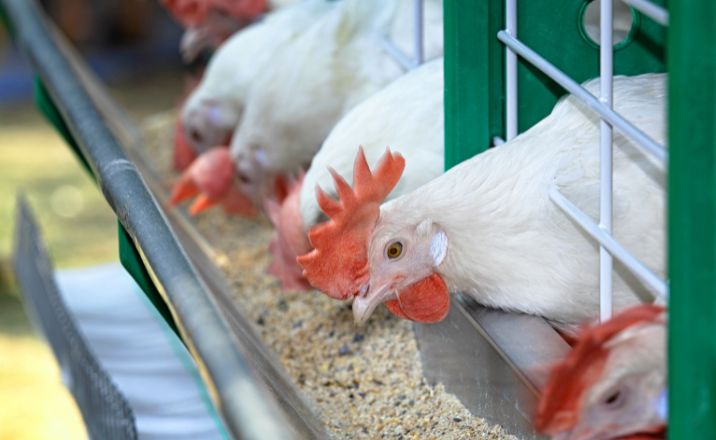FSSAI Shares Simple Tips to Detect Adulteration in Green Vegetables

Green leafy vegetables are a vital part of a balanced diet, providing essential vitamins, minerals, and nutrients. However, these vegetables are not immune to the problem of adulteration. To help consumers ensure food safety, the Food Safety and Standards Authority of India (FSSAI) has introduced two simple at-home tests to detect artificial coloring, such as malachite green, in green vegetables.
Malachite green is a harmful chemical used to enhance the color of vegetables, making them look fresher and more appealing. Unfortunately, consuming vegetables treated with this toxic substance can pose serious health risks, including cancer, gastrointestinal issues, and other toxicities.
To protect your health and make informed food choices, here are two quick and easy tests recommended by FSSAI that can be performed using materials readily available at home:
Test 1: Blotting Paper Method
Materials Needed:
- A small quantity of green vegetables (like spinach, peas, or coriander)
- Moistened white blotting paper
Steps:
- Take a small portion of the green vegetable you want to test.
- Place the vegetable on a moistened piece of white blotting paper.
- Observe the paper for any green stains.
Result:
- If the blotting paper remains unchanged, the vegetable is free from artificial coloring.
- If the paper develops a green stain, the vegetable may be adulterated with malachite green or other synthetic colors.
Test 2: Liquid Paraffin Method
Materials Needed:
- Cotton ball soaked in liquid paraffin
- Green vegetables for testing
Steps:
- Dip a cotton ball in liquid paraffin.
- Gently rub or dab the cotton ball on the green vegetable.
- Check the cotton ball for color changes.
Result:
- If the cotton ball shows no green marks, the vegetable is pure.
- A green stain on the cotton ball indicates the presence of artificial coloring.
Why Detecting Adulteration Matters
Adulterated vegetables not only diminish the nutritional value of food but also introduce harmful chemicals into your body. Consuming vegetables treated with unapproved coloring agents can lead to severe health issues, from mild allergic reactions to chronic diseases. By using these simple tests, consumers can protect themselves and their families from the dangers of adulterated foods.
Precautions When Buying Green Vegetables
In addition to conducting these tests at home, consider these tips when buying vegetables:
- Purchase vegetables from reliable and trusted suppliers or markets known for high-quality produce.
- Avoid vegetables that appear unnaturally bright or excessively shiny, as this may indicate chemical treatments.
- Wash vegetables thoroughly under running water to remove surface contaminants.
- Peel vegetables like cucumbers or carrots, as this can reduce exposure to harmful residues.
Conclusion
Food safety begins at home, and identifying adulteration in green vegetables is a crucial step in maintaining a healthy diet. By performing these simple tests and following precautionary measures, you can ensure your family consumes safe and nutritious food.
For food businesses, maintaining high-quality standards is essential to gaining customer trust. Offering chemical-free and fresh vegetables can set your business apart in the competitive market.
Stay informed, choose wisely, and prioritize health by keeping your vegetables free from harmful adulterants.






